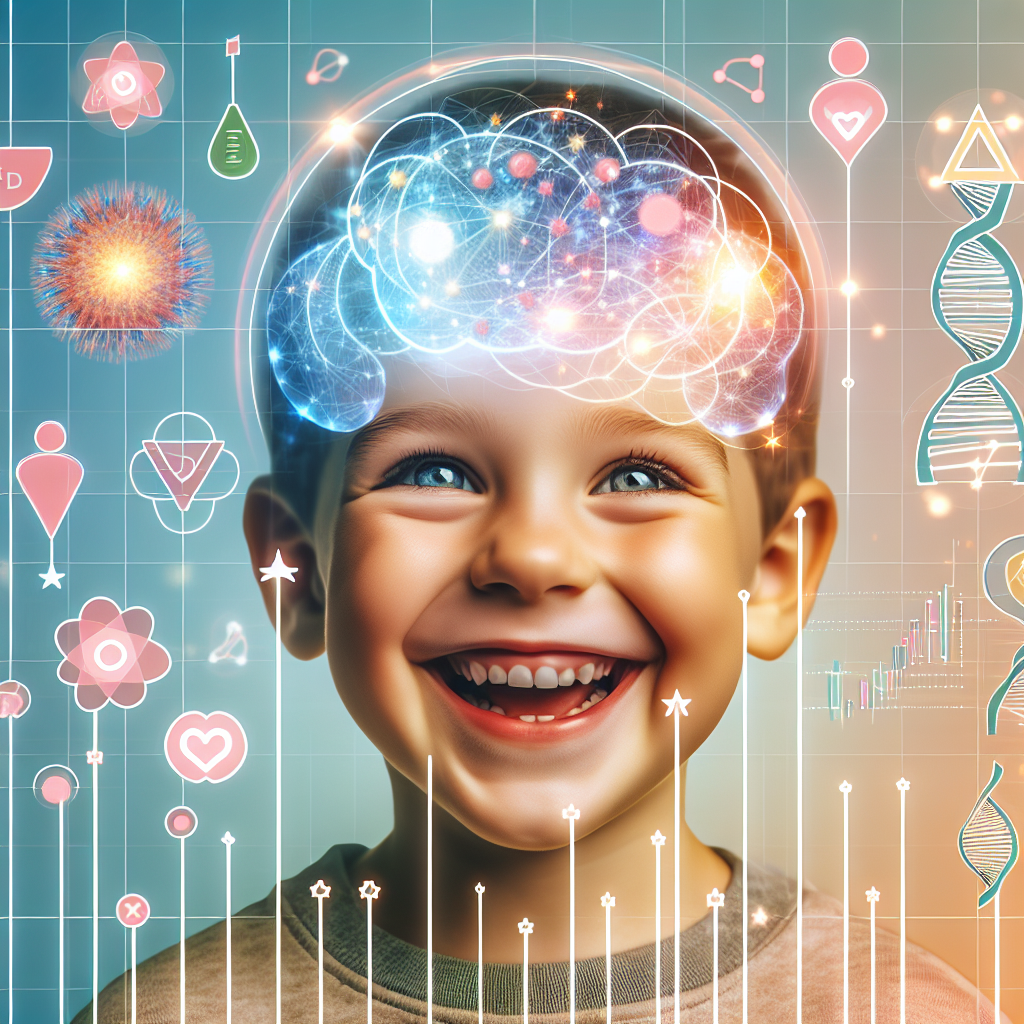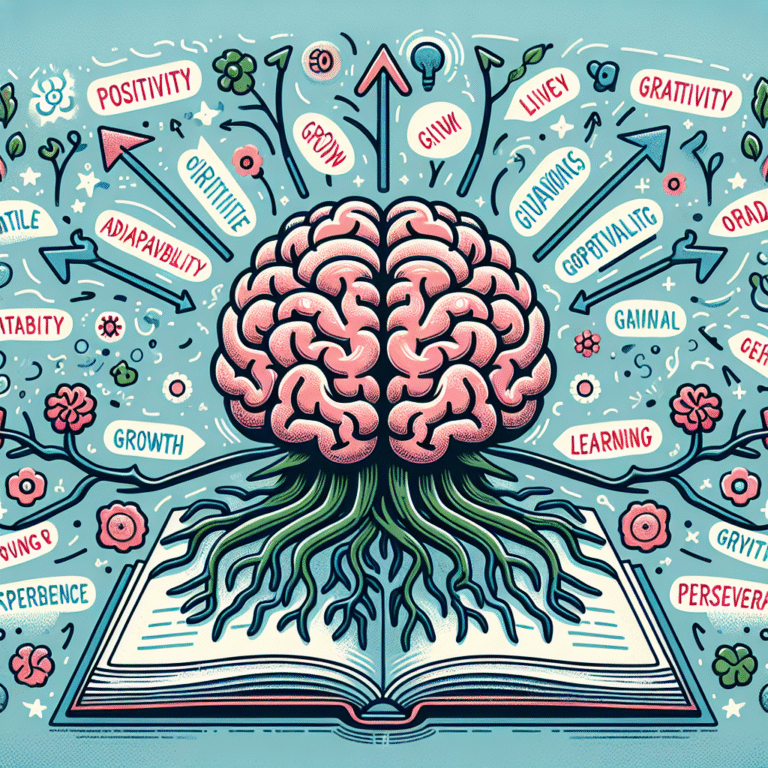
Introduction
Smiles are often associated with joy, warmth, and connection. They hold the incredible power to transform moods and strengthen relationships. But beyond their emotional significance, smiles play a crucial role in a child’s developmental journey. In this in-depth exploration titled The Science Behind Smiles: Understanding Positive Reinforcement in Child Development, we will uncover how smiles serve as instruments of encouragement and catalysts for behavioral growth. We’ll delve into the scientific framework that supports the positive reinforcement theory and how it shapes not only the behaviors of children but also their emotional well-being.
When we think about child development, we might first consider physical growth or cognitive milestones. However, the subtleties of emotional development—especially the implications of smiles and positive reinforcement—are equally essential. Engaging with children through smiles can help build their self-esteem and social skills, setting them up for successful interactions beyond the formative years.
The Psychology of Smiling
To grasp The Science Behind Smiles: Understanding Positive Reinforcement in Child Development, it is essential to understand the psychology of smiles. Psychologists describe smiles as a form of non-verbal communication that can convey a wide array of emotions, from happiness to encouragement. In infants, smiles are typically reflexive at first, later evolving into a learned behavior that signals happiness and engages others.
Tony is an example of a child whose development can be highlighted through this lens. At 6 months old, Tony’s cooing and smiling response to his mother’s laughter demonstrated the beginning of social interaction. The initial visual and auditory stimuli his mother provided elicited smiles from him, reinforcing his desire for attention and reinforcing his burgeoning social skills.
The Mechanics of Positive Reinforcement
In behavioral psychology, positive reinforcement refers to the practice of introducing a rewarding stimulus following a desired behavior, therefore increasing the likelihood of that behavior occurring again.
Every time a child receives a smile and positive feedback for their actions—be it sharing a toy, recognizing letters, or helping with chores—this reinforcement becomes etched into their learning pattern. The child connects the smile with positive feelings and the encouragement they received, thus laying the groundwork for future behaviors centered around kindness, cooperation, and even academic success.
| Behavior | Positive Reinforcement | Outcome |
|---|---|---|
| Sharing a toy | Smile and praise | Increased willingness to share in the future |
| Completing homework | High-fives or verbal praise | Greater motivation for future homework |
| Asking questions | Patient responses | Encouragement to inquire further |
Case Study 1: The Impact of Reinforcement in Early Education
A longitudinal study conducted by Harvard University evaluated the emotional and academic outcomes of children in classrooms with high levels of positive reinforcement (i.e., teacher smiles and verbal praises) versus those with less encouraging environments.
After two years, results indicated that children exposed to consistent positive reinforcement not only had higher academic achievements but also demonstrated a higher sense of self-worth. This aligns with our goal of elucidating The Science Behind Smiles: Understanding Positive Reinforcement in Child Development.
In this study, researchers found that children’s smiles became more frequent, and their willingness to engage in classroom activities increased significantly, showcasing the correlation between positive reinforcement and productive behaviors.
Emotional Regulation Through Smiling
Smiling has significant implications for emotional regulation. For children, the ability to respond to and interpret facial cues is vital for social interaction. Smiling back at a parent or teacher can lead to a host of feelings, from happiness to comfort.
Let’s consider Sara, an 8-year-old girl grappling with her emotions during a family upheaval. When her father sat down with her, smiled, and listened, she felt supported. His direct emotional feedback taught her to associate smiles with safety and connection, empowering her to communicate her feelings better and manage her emotional turmoil.
Studies have shown that children who receive consistent praise and positive reinforcement tend to develop better emotional regulation skills, understanding their feelings and those of others more deeply.
The Social Aspects of Smiling
A smile is powerful—its effects ripple beyond the individual receiving the smile. For children, having role models who smile frequently can significantly impact their socialization skills.
The study led by the University of Washington explored how children in group settings interact based on the displayed emotional expressions of their peers and caregivers. It determined that children were more likely to engage in cooperative play when adults smiled positively at them during interactions.
Case Study 2: Group Dynamics and Positive Reinforcement
In a preschool environment, children were observed during collaborative activities. The researchers documented emotional reactions: when a teacher smiled at a child who initiated cooperation, it caused a chain reaction of cooperative behaviors among peers.
The children learned that smiles were essential in forming social bonds and establishing teamwork. This once again reinforces The Science Behind Smiles: Understanding Positive Reinforcement in Child Development—that positive emotional feedback can transform social dynamics, promoting collaboration and interpersonal skills.
| Emotional Setting | Behavior Observed | Result |
|---|---|---|
| Cooperative Play | Increased sharing | Strengthened friendships |
| Group Story Time | Active participation | Enhanced language skills |
The Long-Term Effects of Positive Reinforcement
The benefits of smiles and positive reinforcement extend far beyond childhood. Adult outcomes are significantly influenced by early reinforcement strategies. Adults who recall receiving strong emotional encouragement as children often report better mental health, job satisfaction, and interpersonal relationships.
A meta-analysis in the journal Child Development reviewed thousands of studies linking positive reinforcement in childhood with adult outcomes, concluding that emotional support, displayed through behaviors such as smiling, has lifelong implications.
Case Study 3: From Childhood to Adulthood
A group of professionals was surveyed years after their childhood experiences in nurturing environments filled with smiles and emotional support. Surprisingly, a significant portion recounted instances of encouragement, notably smiles from directors, mentors, or parents, contributing to their successes and emotional resilience as adults.
As a great demonstration of The Science Behind Smiles: Understanding Positive Reinforcement in Child Development, this study emphasized how nurturing environments create beneficial outcomes that persist into adulthood.
Creating Emotionally Supportive Environments
Building an environment rich in positive reinforcement is vital to maximizing caregivers’ potential to foster child development. This environment includes balancing smiles with constructive feedback and even the application of non-verbal cues like nods and encouraging gestures.
Building Strategies
Frequent Engagement: Use smiles to encourage good behaviors regularly—whether it’s during homework or playtime.
Model Smiling Behavior: Children often mimic adults. Display a positive demeanor, and they will likely learn to embrace it as well.
- Feedback Diversity: While smiles are great, include verbal praises, hugs, and tokens of affection to create a well-rounded approach to positive reinforcement.
Conclusion
Throughout our exploration of The Science Behind Smiles: Understanding Positive Reinforcement in Child Development, we have reinforced the importance of smiles as not just expressions of happiness but as essential tools for emotional growth and social skill development. Whether it is through nurturing environments or the use of positive reinforcement strategies in our interactions, smiles pave the path towards fruitful relationships and emotional well-being.
Inspiring future generations to integrate positive reinforcement into their parenting and teaching methods can lay a strong foundation for resilience, kindness, and adaptability in children. As you embrace the power of smiles, remember the profound impacts you can have on shaping not just a child’s present but their future.
FAQs
1. What is positive reinforcement?
Positive reinforcement is the introduction of a rewarding stimulus after a desired behavior, which increases the likelihood of that behavior being repeated.
2. How do smiles affect child development?
Smiles provide emotional feedback that encourages children to engage socially, helping them build confidence, develop social skills, and learn emotional regulation.
3. Can positive reinforcement be applied in schools?
Absolutely! Teachers can use smiles, praises, and other non-verbal cues to encourage participation, collaboration, and good behavior in classroom settings.
4. What long-term benefits can children gain from positive reinforcement?
Children who receive positive reinforcement often grow into emotionally stable adults, report higher job satisfaction, and cultivate healthier relationships as they age.
5. How can caregivers implement these strategies at home?
Caregivers can focus on frequent positive engagement, model desired behaviors, and use diverse feedback methods (like words of affirmation and hugs) to create a nurturing environment.
Embrace the power of positive reinforcement in your interactions with children, and watch how their smiles reflect your support, leading to a brighter life ahead.















